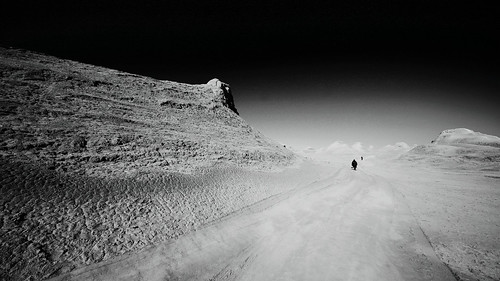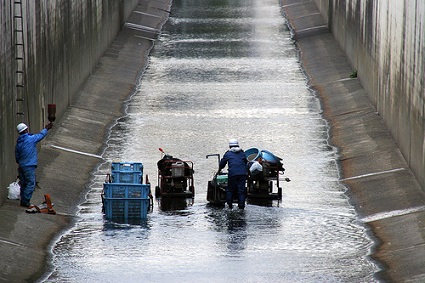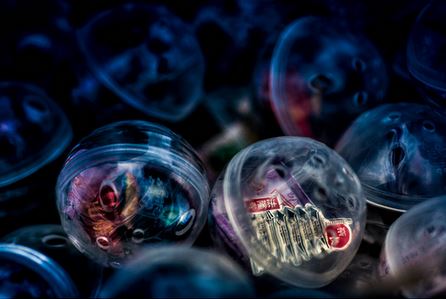The Worst Kind of Dubbing Possible on Netflix
I watch a lot of American TV shows dubbed into Japanese. Why? Why not? For the most part I have never had a problem with the quality of Japanese dubbing. Sometimes the voices aren’t the best choice for the characters. But nothing that makes me say “I’m not watching you.” However, Netflix has one dubbing problem, which absolutely baffles me and I just can’t forgive.
Simultaneous Dual Audio
Dual audio has been common for a long time. It gives you the option to listen to a movie’s audio in one of two languages. It’s what allows you to choose between Japanese or English for a movie on Netflix.
Simultaneous dual audio takes your choice a way, and instead plays both audio at the exact same time. This actually used to be somewhat more common 20-30 years ago for reasons I’m not sure of. Maybe technological limitations? But now it has to be 100% human error. Someone forgot to change a setting or something?
Why simultaneous dual audio shouldn’t exist and Netflix needs to fix this
You know what the most distracting thing in the world is? Two languages spoken at the same time. They lower the volume of the “from” language so you can attempt to focus on the “to” language. But it is still clearly audible, and completely ruins any movie or TV show where this occurs.
Dual audio is meant as a setting for the viewer to choose. But on Netflix, there is sometimes no choice – only madness. To be fair, I have only run into this a few times on Netflix. But that is a few times too many, and I don’t watch Netflix enough to be able to say this is only an isolated incident.
A few examples of of simultaneous dual audio from recent shows I tried to watch in Japanese
Inside Bill’s Brain: Decoding Bill Gates
Tidying Up with Marie Kondo
*I apologize for the low quality.
Netflix – Stop. Or maybe I’m the crazy one?
Maybe it turns out that people enjoy listening to simultaneous dual-audio and I’m the crazy one for making a rant about it? Or maybe I missed some stray Netflix setting that causes this (I looked deep into this before writing this as not to embarrass myself…)
Founder of Jalup. iOS Software Engineer. Former attorney, translator, and interpreter. Still watching 月曜から夜ふかし weekly since 2013.





This used to happen in Japan years ago as they put English down one broadcast stereo channel and Japanese down the other – it was a quick and easy way to do bilingual audio. You then listened in mono to whichever you liked – it was pretty handy but if you left the TV in stereo mode you heard both. Really shouldn’t be an issue with digital TV and mutliple soundtracks.
Ahh interesting – so that explains why it used to be done that way. Thanks!
My guess is that the original source contains both the dialogue AND non-dialogue sounds together on the same track, so they can’t be cleanly split.
They are likely running some kind of dialogue suppression filter to suppress the original dialogue, then adding the Japanese over the top. It’s not a perfect process though, so you can still hear the original dialogue underneath. The more aggressive the filter, the more it would affect the non-dialogue sounds in the show, so they would have to do their best to balance it.
That’s my guess anyway!
That actually makes sense.
But I wonder why they would do it that way when all the other shows and movies work fine. Maybe they never planned to dub these, and it was more of an afterthought, so their only option was to use the dialogue suppressing technique?
The mystery grows…
As an ameteur audio/music producer, this is the first thing I thought of. This would employ something called mid/side processing where all of the sounds in the “middle” of the stereo field get decreased in volume to try to make the dialogue quieter (since in most tv/cinema the dialogue only exists in the center of the stereo field).
It is also possible that, as Adam said, dubbing was just an after-thought or Netflix maybe had to resort to this technique for dubbing since the producers of certain shows couldn’t/wouldn’t give Netflix the raw video, dialogue, and backtracks for their shows for some reason. Although at this point we can only speculate.
Honestly I think it’s so Netflix can just pump out tons of dubs with minimal time or cash.
Netflix is really big into providing accessibility to people- being the only service where Japanese close captions exist on EVERYTHING (Hulu only recently added CC to a small amount of their library). They have audio description too for blind people on US Netflix, so you can see Netflix wants to make it’s platform accessible to as many people as possible.
Which is why it wants dubs. There are a lot of people who prefer dubs than reading subtitles.
But probably doesn’t wanna pay if they’re mass-dubbing things that don’t have dubs already. So don’t want to pay for sound mixing.
Sorry you’re having that! I’ve been lucky but the last dubbed show I watched on Netflix was Star Trek TNG, which was dubbed back in the 90s. I just get frustrated with not having the subtitles matching the dub but I mean that almost never happens so I can’t complain.
But as for how cheap and quick this is, the dual audio is how they do it in newscasting where they need a super fast turnaround.